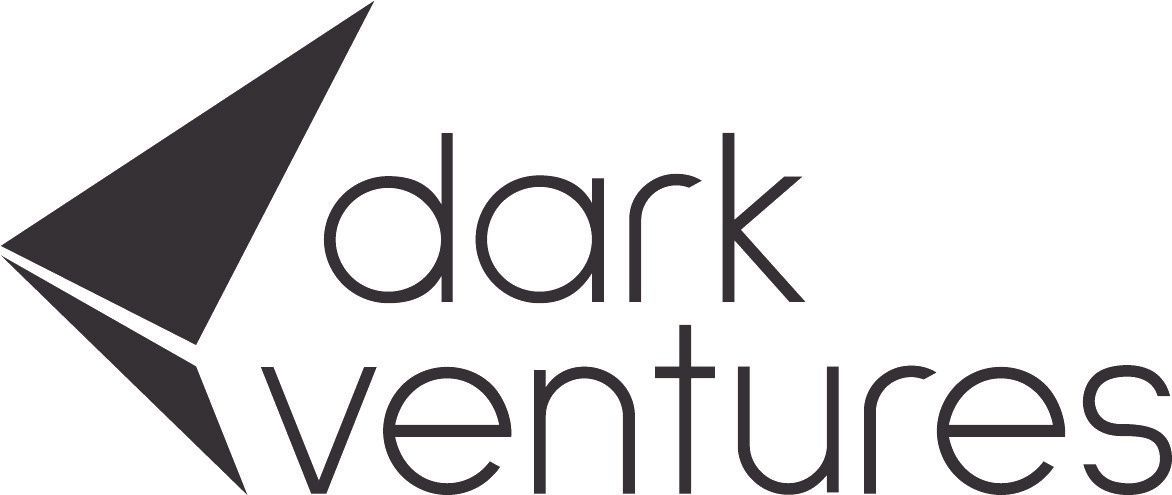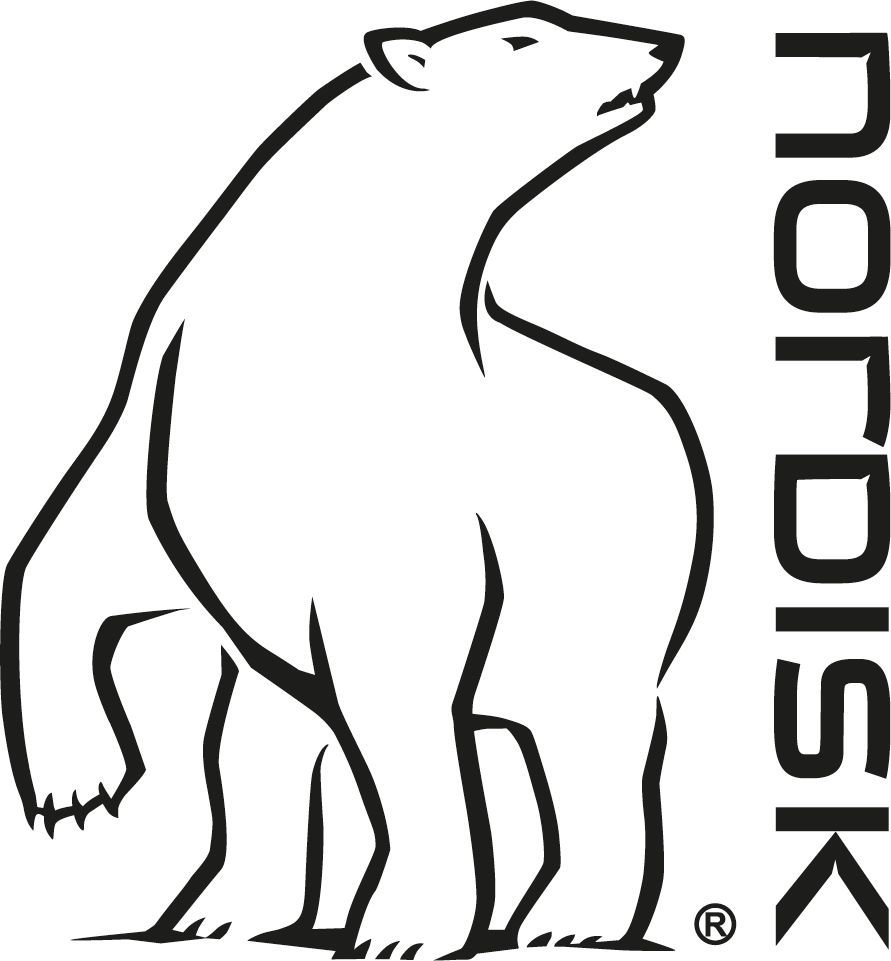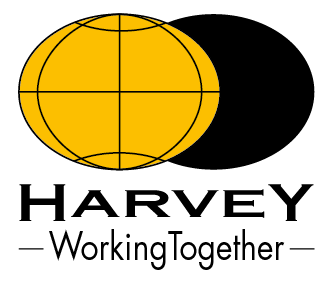
Just what will a Mountain Leader training course be like?
People often ask us what our Mountain Leader training course programme looks like. Well, as with all ML training courses, it's 6 days in total. We've obviously got a syllabus to stick to, but there is a bit of a difference from one course provider to another just how we fit it all in and how we structure our courses. Even our own ML training courses don't keep to the exact same programme from one course to another. Weather considerations may mean that we swap days around a little, and of course candidates ask questions (which is what we want - no point going away at the end of a course wishing you'd asked that all-important question!), which can lead us to discuss a syllabus point at an earlier stage than planned. This is all great. A good ML training course is flexible, and that's exactly how we like it!
For us here at Graham Uney Mountaineering a typically week of ML training might look like this:
Day 1. Indoor session. Meet the ML instructor team and the other candidates. Introductions. Intro to the ML scheme, Mountain Training, the Mountaineering Councils, and the Mountain Training Association. The Stages in the Scheme. A brief look at the weather forecast for the day. A look at the contents of a Leader's Rucksack. Then an outdoor session going through basic navigation to make sure everyone is on the same page.
Day 2. A Quality Mountain Day. We head out for a day in the mountains, looking at mountain navigation, leadership, group management, teaching skills, and to have chats about interesting environmental points along the way.
Day 3. A Classroom Day. We have a day covering all of those knotty parts of the syllabus that can be difficult to learn outdoors (especially in rubbish weather), such as weather forecasting, route planning, access and the rights of way network, Gaelic and Welsh mountain names (and some English ones too!), what and how to pack for an expedition, understanding different types and scales of map, leadership roles and the Mountain Training ethos, what is a Quality Mountain Day, how best to use DLOG, and what do all of those organisations, charities, and businesses do for us as Mountain Leaders.
Day 4. ML Steep ground and ropework. We start with a discussion about why we may need a rope as a Mountain Leader, selecting a suitable rope, and whether we should wear helmets or not. We discuss the specifics of the use of the rope alone, without any other technical climbing equipment. We then head out to a suitable venue and discuss the difference between direct and indirect belays, and why we may use one over the other. We look at selecting a suitable anchor, tying in to the anchor, and belaying both down a short rocky step, and also up a short rocky step. We then cover personal abseils, and discuss the pros and cons of angel wings, the classic abseil, and the South African abseil. We finish the day with a session on confidence roping, then navigate back to the cars.
Day 5. Today we head off on expedition. We'll be doing a lot of navigation today, but bringing group management and leadership skills into the mix too. We'll look at teaching skills, and will have further environmental discussions. There'll be a talk about emergency procedures, including how to call out Mountain Rescue, what to expect if you do, and also about how MR operates and is funded in the UK. We may have to undertake a 'basic search' for something that has been 'lost'. In the evening we'll arrive at our wild camp site, and have a discussion about briefing groups upon arrival in camp. We'll pitch our tents, and have a meal, then chill out for a while before we head out for night navigation. We'll be out for a few hours in the dark, discussing good navigation strategies to get from one point to another. We're usually in bed before midnight, unless it's mid summer when we'll have to stay out later to ensure we have had enough time to practice the night nav skills.
Day 6. We'll be leaving camp early, having had a chat about the leave no trace ethics. We'll have time today to revisit some parts of the syllabus, and will have a planned river crossing not long before we get back to the cars. Then we'll head for our classroom for a brew, and have a group discussion about the consolidation process, and the skills checklist. Finally, we'll have debriefs before we call a close to the course and everyone heads home.
The course director will then write the course report, which includes a day report and an overall report, and submit this to Mountain Training. Mountain Training then authorise the course report, and at that stage each candidate will be able to review the course report on the 'Training' section of their DLOG.





